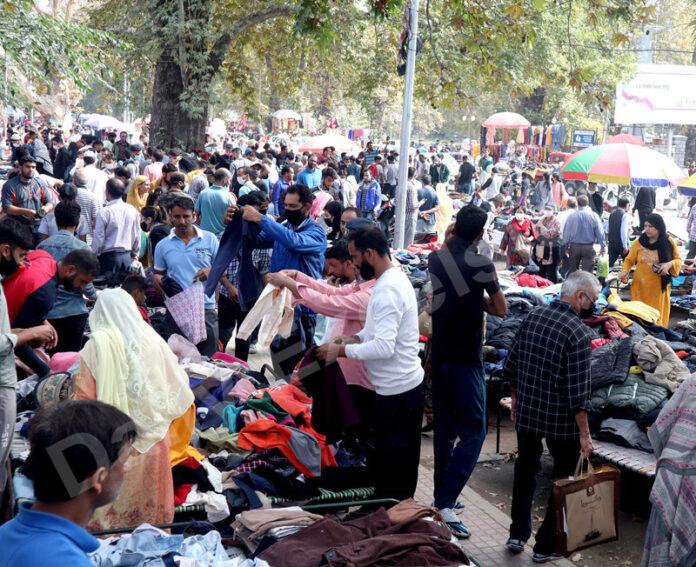Expenditure on clothing topped the list in terms of growth rate for various items under the Private Financial Consumption Expenditure (PFCE) in FY22. This was followed by alcohol and footwear, according to a report by the Statistics Ministry. However, the increase in single digits.
PFCE includes the final consumption expenditure of households and non-profit institutions serving, households such as temples and gurdwaras.
Data showed that at the constant price (with a base year of FY12), the expenditure on clothing rose over 26 percent, followed by a 14.3 increase in alcohol and 12.8 percent in footwear while that of food rose just 7 percent.
At the current price, the increase for textiles was over 35 percent, followed by 19.76 percent for footwear and 19.16 percent for alcohol in FY22. Expenditure on food recorded a rise of 11 percent.
Covid Impact
According to DK Srivastava, Chief Policy Advisor at EY India, health expenditure, reduced income, and increased demand for precautionary savings forced families to cut down on consumption due to Covid, especially on non-essential items such as alcohol and, to some extent, textile and footwear.
As income started to increase in FY22 and Covid subsided, households attempted to restore their pre-Covid consumption levels.
“Growth in food expenditure was relatively less compared to the other items because food expenditure growth in the Covid year was positive unlike the other commodities where there was a strong contraction,” he said.
Anil Kumar Sood, Professor and co-founder of the Institute for Advanced Studies in Complex Choices, said PFCE has indeed grown significantly in real as well as nominal terms – 17.8 percent and 11 percent, respectively.
However, “we must interest the consumption data for FY22 very carefully, aswe had experienced a collapse in consumption during FY20 and FY21, too, was not good,” he said. Further, high growth during FY22 still does not offset the consumption decline experienced during the pandemic.










